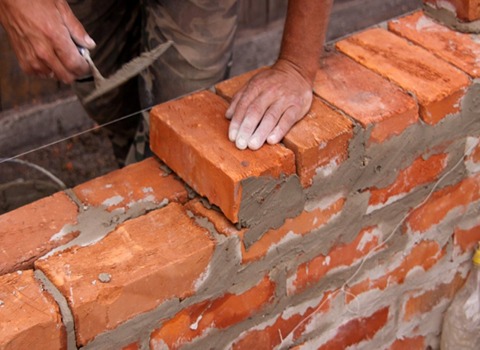From blast furnaces and kilns to incinerators and boilers, refractory bricks are essential components that ensure the efficiency and safety of these high-temperature processes.
In this comprehensive guide, we will delve into the world of construction refractory bricks, exploring their types, applications, and installation techniques.

Types of Construction Refractory Bricks
Firebricks: Firebricks are one of the most commonly used types of construction refractory bricks.
Made from high-temperature resistant materials such as clay, alumina, and silica, firebricks are specifically designed to withstand extremely high temperatures without deforming or cracking.
These bricks are used in applications such as fireplaces, wood-fired ovens, and industrial furnaces.
Insulating Bricks: Insulating bricks are lightweight refractory bricks that are used for thermal insulation purposes.
These bricks are made from materials like vermiculite, perlite, and lightweight clay, which have excellent insulating properties.
Insulating bricks are ideal for applications where reducing heat loss and energy consumption are critical factors.

Acid Resistant Bricks: Acid resistant bricks are specially formulated to withstand corrosive environments where acidic materials are present.
These bricks are made from materials such as silica, zircon, and silicon carbide, which offer exceptional resistance to acids and other corrosive substances.
Acid resistant bricks are commonly used in industries such as chemical processing, petrochemical, and mining.
Basic Bricks: Basic bricks are designed for applications where basic (alkaline) conditions are prevalent.
These bricks are made from materials like magnesia, dolomite, and chrome-magnesite, which have high resistance to alkaline environments.
Basic bricks are commonly used in industries such as steelmaking, cement manufacturing, and glass production.

Applications of Construction Refractory Bricks
Steel Industry: Refractory bricks play a vital role in the steel industry, where they are used in blast furnaces, ladles, and tundishes to withstand the extreme temperatures and corrosive conditions present in steelmaking processes.
Insulating bricks are also used to line the walls of steel reheat furnaces, reducing heat loss and energy consumption.
Cement Industry: In the cement industry, refractory bricks are used in rotary kilns, clinker coolers, and cement kilns to withstand the high temperatures required for the production of cement.
Acid resistant bricks are commonly used in the preheater and precalciner stages of cement production, where acidic gases can cause corrosion.

Glass Industry: The glass industry relies heavily on refractory bricks in the production of glass products.
Basic bricks are used in glass tank furnaces to withstand the alkaline conditions present during the melting and forming of glass.
Insulating bricks are also used to line the walls of glass annealing lehrs, ensuring uniform cooling of the glass products.
Incinerators and Boilers: Refractory bricks are essential components in incinerators and boilers, where they are used to line the combustion chambers and hot zones to withstand the high temperatures generated during the burning of waste materials or fuel.
Firebricks and insulating bricks are commonly used in these applications to provide thermal insulation and protect the structural integrity of the equipment.
